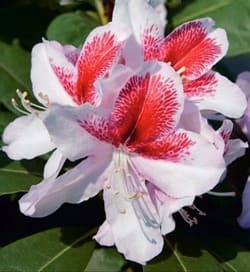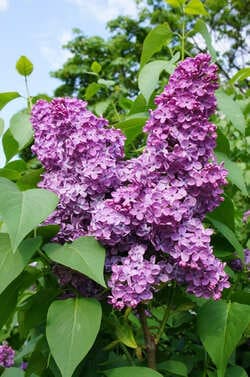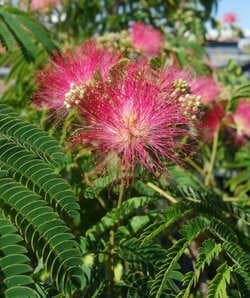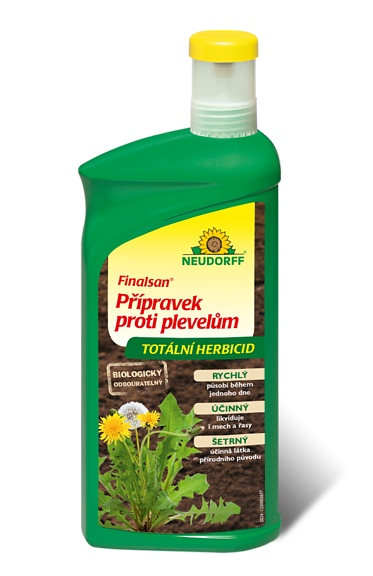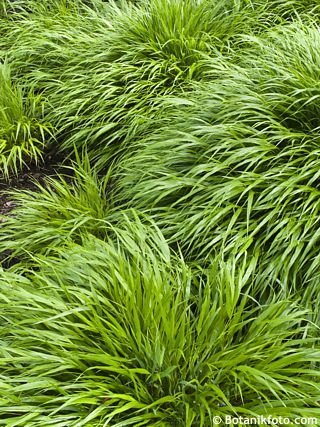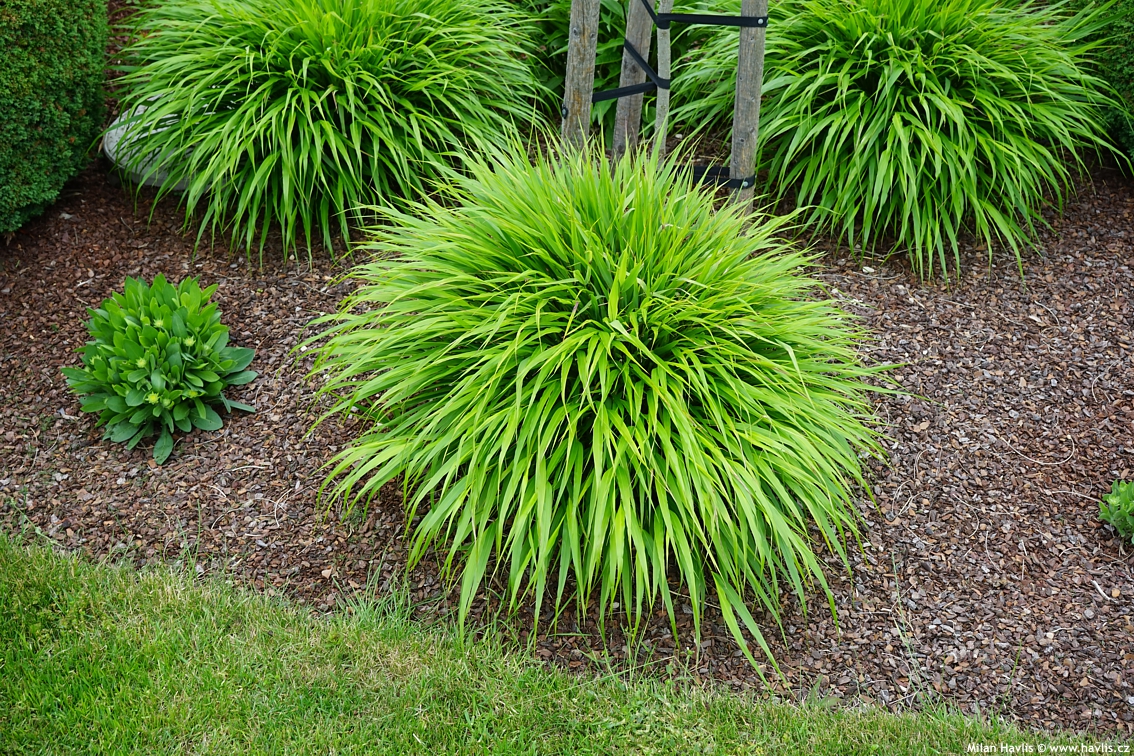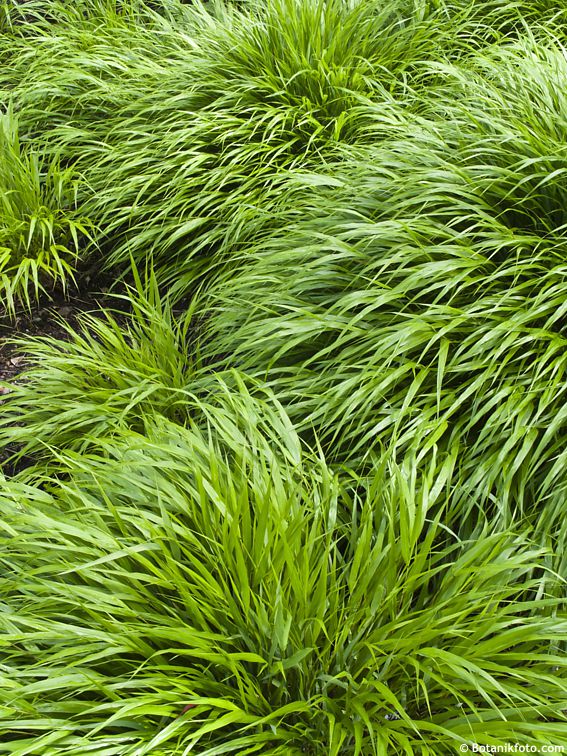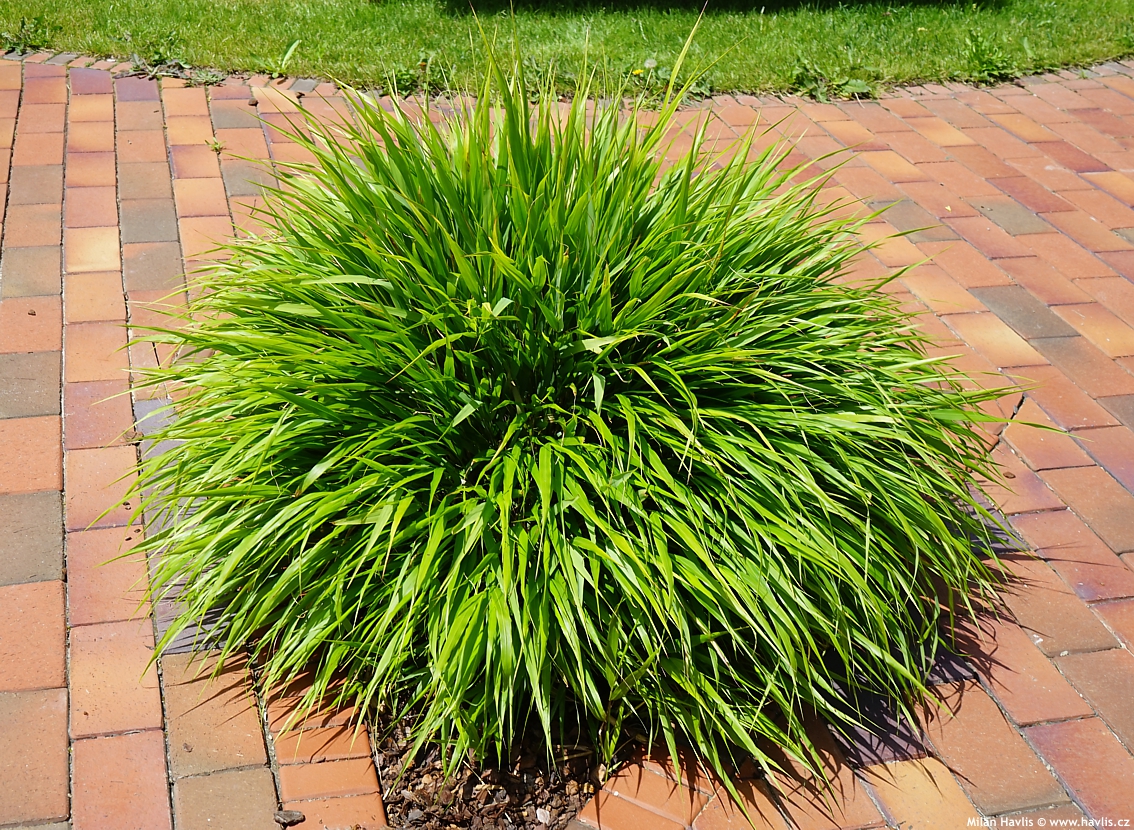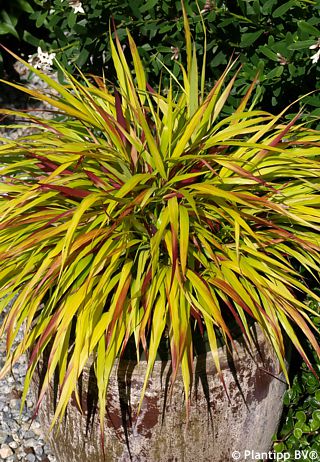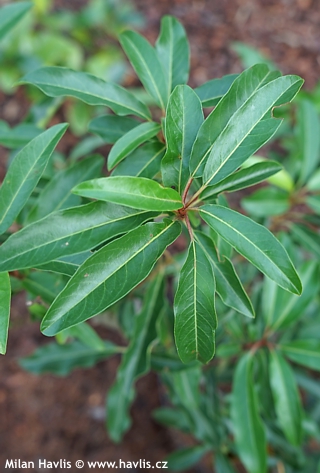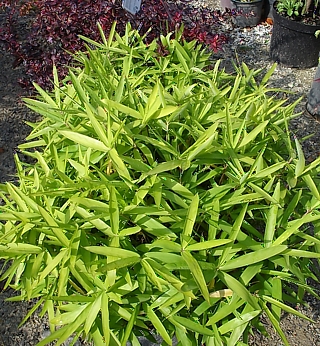Hakonechloa macra Hakone grass, Japanese forest grass


Hakone grass is one of the top grass species most appreciated by landscape designers. It is so showy and simple at the same time, so no wonder it is often used as undergrowth of larger beautiful Japanese maples or other appealing multistemmed shrubs with bare framework of bottom branches.
The species of hakone grass has fresh green, about one centimeter wide leaves on slender, partly arching stems, reaching 30 to 60 cm height with age. In midsummer appear tan coloured, airy panicles composed of small flowers in terminal panicles, and last almost 2 months. From our experience it looks great mostly among larger plants thanks to its substantial adult size. Being similar to dwarf bamboos it is often used in Japanese style landscapes where emerald green mounds of fluffy foliage makes a perfect combination with strictly pruned shapes of azaleas of box. It is beautiful at ponds as well as near gravel rivers where it imitates falling water.
Though it is a spreading plant it does not spread too fast and for the best result it is suggested to use more (three) young plants for one square meter. Undesirable spreading can be controlled by heavy mulching foil placed above the areas where it should not grow.
Hakone grass needs constantly moist, humus rich soil or extra fertilizing during the growing season. Recommended generally for semi-shade locations or in filtered sun, it can grow in full sun, too, with adequate moisture. Always make sure the soil is free draining – it can take good frost but not wet roots in winter, nor water-logged ground in summer. Remove all stems in spring after all frosts just above ground level. It is hardy to about -29°C (USDA zone 5), and good for outdoor pots in partial shade with regular watering.
Last update: 12-10-2018












